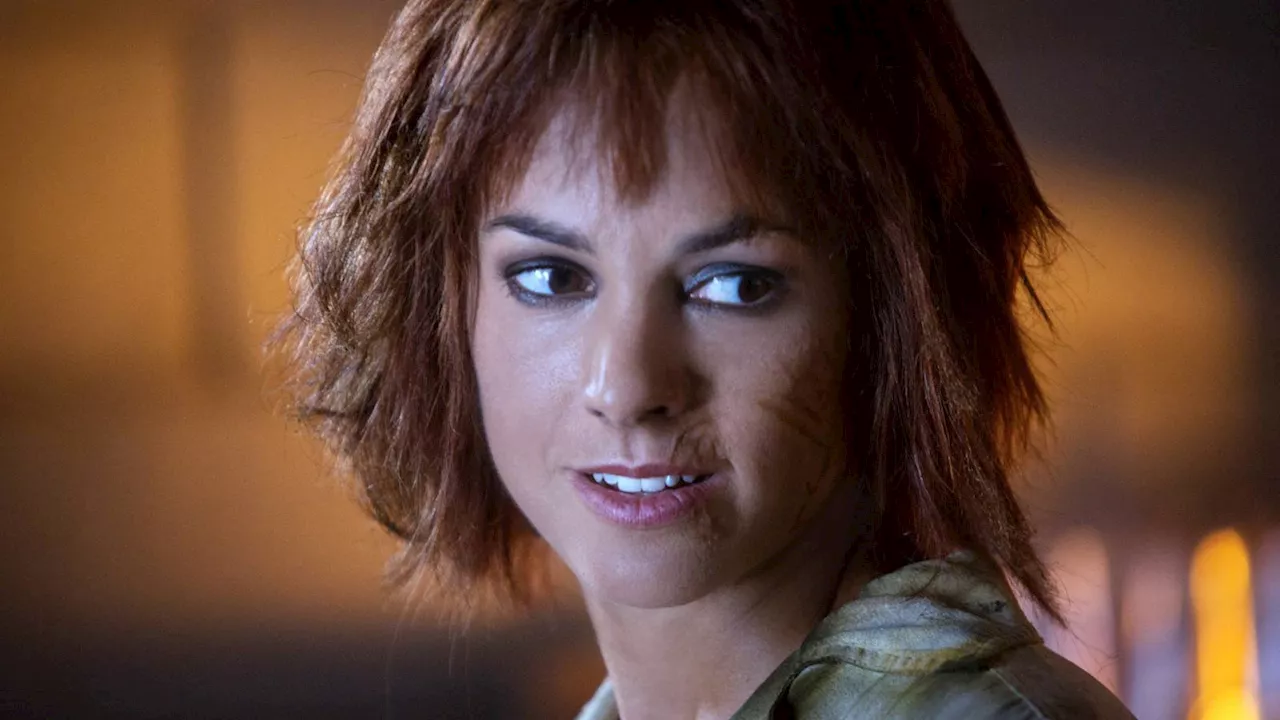The Marvel Cinematic Universe (MCU) has introduced a diverse array of characters, but few are as compelling and powerful as its sorcerers. This article ranks the top ten sorcerers based on their abilities, character development, and impact within the MCU. The focus is solely on the sorcerers, distinguishing them from witches and other magical beings, and it encompasses only the live-action films and series within the MCU canon.
10. Clea
Clea, portrayed by Oscar winner Charlize Theron, makes her first appearance in a mid-credit scene of *Doctor Strange in the Multiverse of Madness*. Although her screen time is limited, her potential is immense. As a sorceress and student of Doctor Strange, she confronts him about the multiverse incursion he caused. Clea opens a portal to the Dark Dimension, showcasing her power and connection to the mystical arts. With expectations for her return in future films, including *Avengers: Doomsday*, Clea’s vast powers and mastery of magic hint at a significant role in upcoming storylines.
9. Ned Leeds
Ned Leeds, often seen as the civilian sidekick to Peter Parker, reveals his own magical abilities in *Spider-Man: No Way Home*. During the film, he demonstrates dormant magical powers by using a Sling Ring to summon alternate versions of Spider-Man from different dimensions. This revelation intrigues Doctor Strange, suggesting that Ned’s journey into magic is just beginning. His unique combination of hacking skills and newfound magical abilities may set the stage for his evolution into a more central character, possibly hinting at a future as the Hobgoblin.
8. Karl Mordo
Initially an ally to The Ancient One, Karl Mordo, played by Chiwetel Ejiofor, becomes a complex character throughout the series. His journey begins with a strong belief in the mystical arts, but after witnessing the consequences of The Ancient One‘s actions, including her manipulation of natural laws, he turns against her following her death. In *Doctor Strange in the Multiverse of Madness*, this version of Mordo serves as a sorcerer hunter, showcasing his determination to rid the world of sorcery, making him a significant, though overshadowed, figure in the film.
7. Kaecilius
Kaecilius, portrayed by Mads Mikkelsen in *Doctor Strange*, serves as the film’s primary antagonist. His obsession with becoming Master of the Mystic Arts leads him to align with Dormammu after the loss of his family. Although Kaecilius’s character could have been more developed, his actions drive the plot and introduce the darker side of magic. Ultimately, he meets his end in the Dark Dimension, showing the severe consequences of misusing magical powers.
6. Wong
Wong, played by Benedict Wong, stands out as one of the most versatile characters in the MCU. Serving as both a friend and ally to Doctor Strange, Wong’s journey as a sorcerer is significant. He temporarily held the title of Sorcerer Supreme during the Blip and has appeared in multiple films and series. His ability to balance humor with serious moments, along with his critical role in maintaining the sanctum in New York City, solidifies his importance within the MCU framework.
5. The Ancient One
The Ancient One, portrayed by Tilda Swinton, is a pivotal character in *Doctor Strange*. As the Sorcerer Supreme, she teaches Stephen Strange the ways of magic, ultimately sacrificing herself to protect Earth from the Dark Dimension. Although her portrayal sparked some controversy regarding her ethnicity in the comics, her character’s depth and power are undeniable. Her legacy continues to influence the sorcerers in the MCU, highlighting the intricate relationships between mentors and their students.
4. Sylvie
A standout character in the *Loki* series, Sylvie is a variant of Loki who seeks to dismantle the Time Variance Authority (TVA). Her intelligence and cunning make her a formidable force, and her partnership with the original Loki showcases a blend of admiration and conflict. As portrayed by Sophia Di Martino, Sylvie’s journey reveals the complexities of identity and purpose within the multiverse, setting her up for future appearances in *Avengers: Doomsday*.
3. Hela
Hela, the Goddess of Death, emerges as a powerful sorceress in *Thor: Ragnarok*. As Thor’s sister, she possesses immense magical abilities and a desire for power that leads to the destruction of Asgard. Played by Cate Blanchett, her portrayal adds depth to the character, making her one of the most memorable villains in the MCU. Hela’s ambition and supernatural powers position her as a significant threat, ultimately leading to her downfall at the hands of her brother Thor and his allies.
2. Loki
Loki, portrayed by Tom Hiddleston, is a character whose arc is both complex and evolving. As the God of Mischief, Loki’s initial role as a villain transitions into one of anti-heroism, showcasing his ability to navigate the blurred lines between good and evil. His mastery of magic, including shapeshifting and illusion, has made him a fan-favorite character in the MCU. With the introduction of the multiverse in *Loki*, his character continues to evolve, revealing new layers and potential storylines.
1. Doctor Strange
At the pinnacle of this ranking is Doctor Strange, portrayed by Benedict Cumberbatch. As the Sorcerer Supreme, Strange’s journey from a brilliant neurosurgeon to a master of the mystical arts is compelling. His role in the MCU has expanded significantly, influencing major events such as the battle against Thanos and the exploration of the multiverse. Doctor Strange’s understanding of magic and its consequences makes him a critical character in the ongoing narrative of the MCU. His recent developments, including the emergence of darker forms of magic, promise to keep audiences engaged as the saga unfolds.
The magic within the MCU continues to captivate audiences, driven by the dynamic characters and their intertwining stories. Each sorcerer brings unique strengths and complexities, contributing to the rich tapestry of the Marvel universe. As the franchise progresses, fans eagerly anticipate how these characters will further evolve and impact future narratives.
